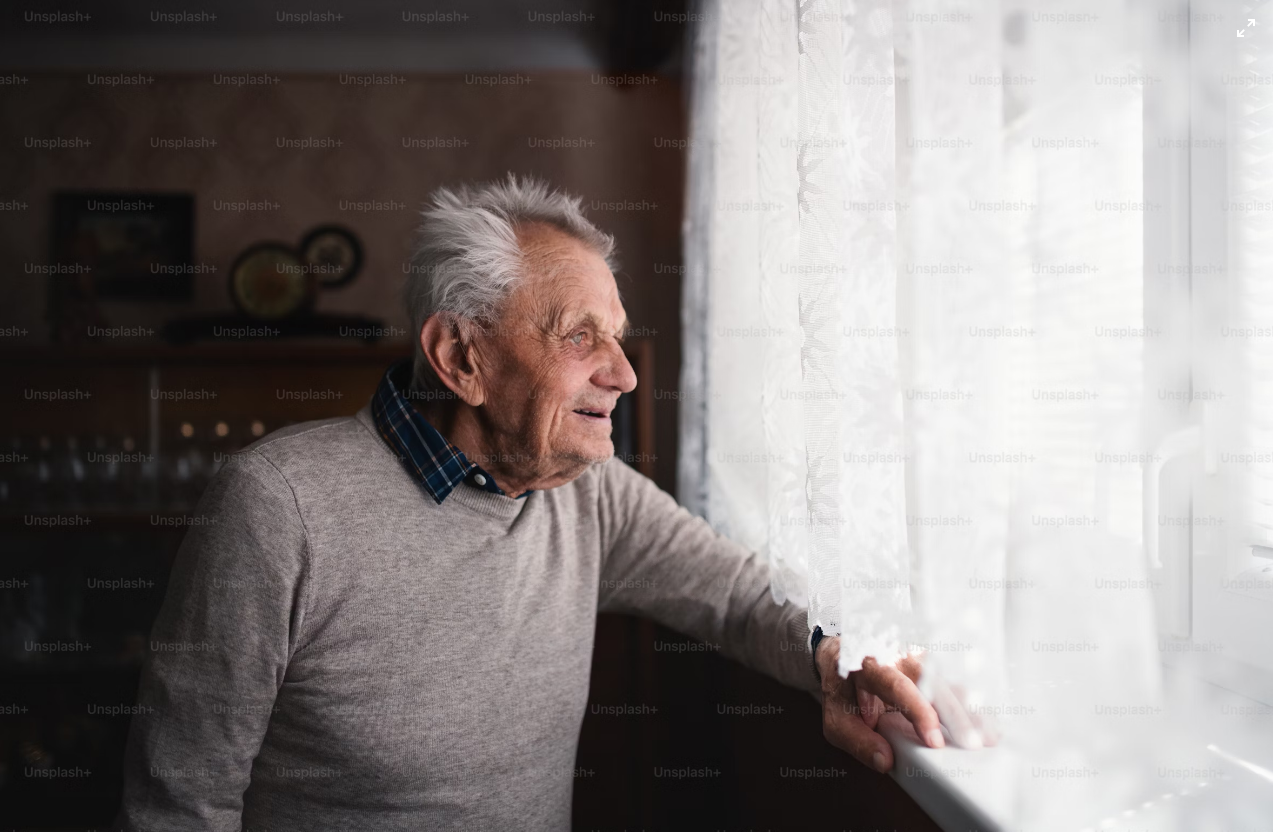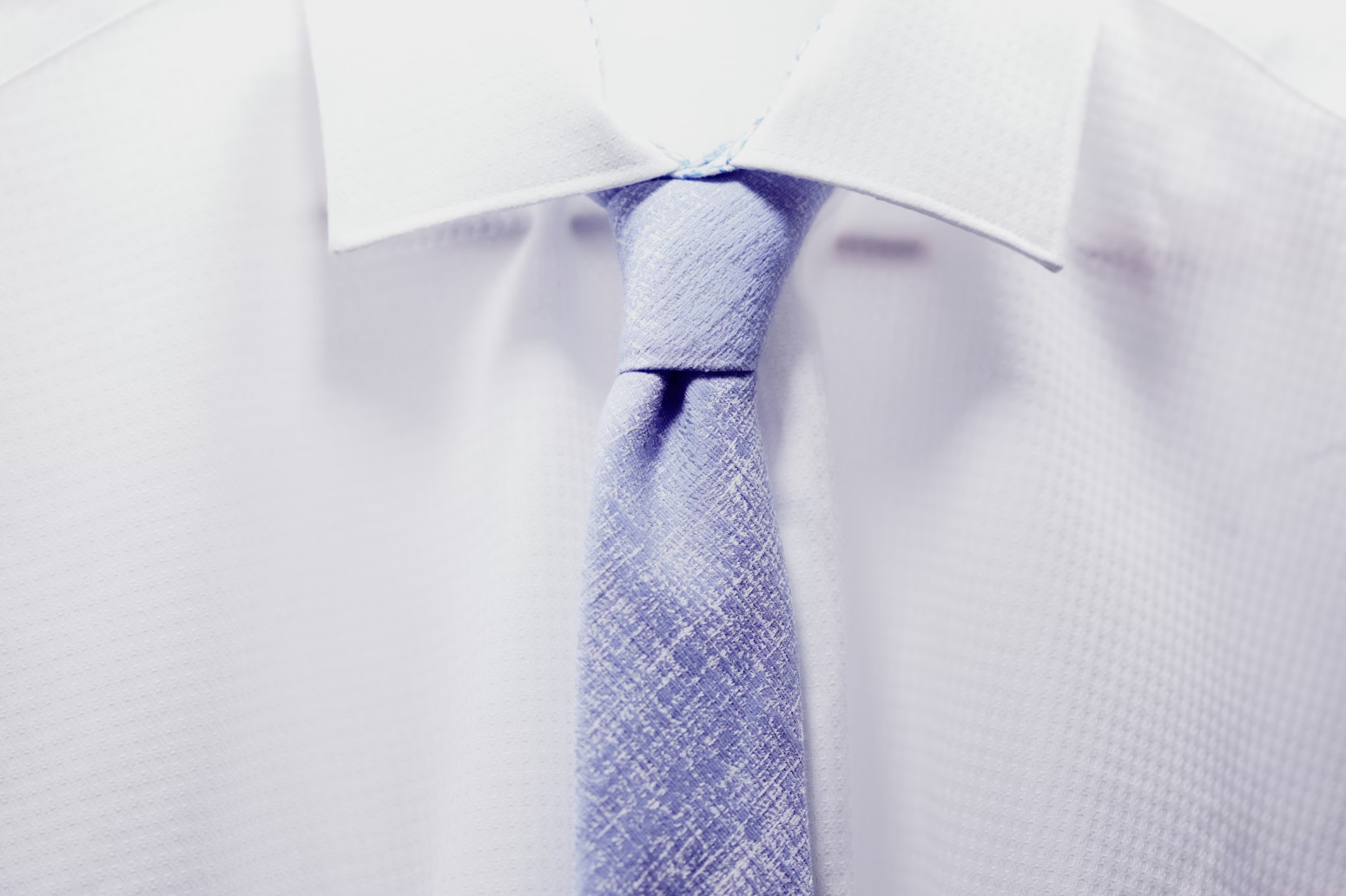I turned 80 last December and I want to go for 100. I want more time to complete the work that needs doing in my world. I’m passionate to help men live fully healthy lives. Our families and the world needs us. At MoonshotForMankind.com you can learn about our mission. My wife, Carlin, will be 86 in July, and we have five grown children, seventeen grandchildren, and two great-grandchildren. I want to live a long and healthy life so I can be there for them. Too many men I know die before their time and leave family members who forever miss their loving presence, guidance, and support.
Tom Perls MD, MPH and Stacy Andersen, PhD. are co-directors of The New England Centenarian Study (NECS). The program has been enrolling and studying centenarians and their family members since 1995. Their research has demonstrated that it’s not just that these people have lived long, but a surprising number are living well.
“They have not washed up at their hundredth birthdays like shipwrecked castaways, having barely survived life’s journey,”
says Dr. Perls.
“Rather they have arrived in full sail, bearing their most precious possession—their health.”
According to Dr. Perls,
“More people are living to 100 than ever before. The number of people aged 100 and older, or centenarians, has been steadily increasing in the United States since 1950, when the Census Bureau estimated there were only 2,300. In 2021, there were 89,739 centenarians in the US and 85{e60f258f32f4d0090826105a8a8e4487cca35cebb3251bd7e4de0ff6f7e40497} were women.”
I want to be part of the elite 15{e60f258f32f4d0090826105a8a8e4487cca35cebb3251bd7e4de0ff6f7e40497} of men who join them. How about you?
Why Men Die First: How to Lengthen Your Lifespan and Healthspan
Marianne J. Legato, M.D. is the world’s leading expert on Gender-Specific Medicine. In her book Why Men Die First: How to Lengthen Your Lifespan, she details the fundamental biological facts that make men the underdog in the master-game of life. Here’s the truth. Can you handle it?
- “You are less likely to survive the womb than your sisters.”
- “You are six weeks behind in developmental maturity at birth compared to girls.”
- “Men have four times the developmental disabilities of females.”
- “Men suffer more severely than women from seven of the ten most common infections that humans experience.”
- “You simply don’t have the vigorous immune systems that defend women.”
- “Men are likely to experience the first ravages of coronary artery disease in their mid-thirties, a full 15 to 20 years before women and twice as many men die of the disease than women.”
- Women are said to suffer from depression twice as often as men in virtually every country in the world. I think this is because men hide their pain.”
Men are often shamed by those who don’t understand the realities of manhood. They assume men don’t care about their health or they are too foolish or lazy to do the things that would keep them healthy. It just isn’t so.
An international team of scientists studying lifespans of wild mammals have found that, just like humans, females tend to live significantly longer than their male counterparts. The researchers looked at the lifespans of 101 different species, from sheep to elephants, and found that females lived an average of 18{e60f258f32f4d0090826105a8a8e4487cca35cebb3251bd7e4de0ff6f7e40497} longer than males for more than 60{e60f258f32f4d0090826105a8a8e4487cca35cebb3251bd7e4de0ff6f7e40497} of the species studies. In humans, females tend to live around 7.8{e60f258f32f4d0090826105a8a8e4487cca35cebb3251bd7e4de0ff6f7e40497} longer.
Human males are doing better than a lot of other species, but we can do better.
Clearly there are biological reasons that explain why male are more vulnerable than females. But here’s the good news. New findings from the emerging field of epigenetics show that we have greater control over our health than ever before. According to Dr. Kenneth Pelletier, author of Change Your Genes, Change Your Life, “Biology is no longer our destiny. Our DNA doesn’t rigidly determine our health and disease prospects.”
Ageless Aging and What Men Can Learn From Women
Like many men I didn’t think much about aging until I hit my 50s. I was too busy working, looking for love, finding a partner, having children, and supporting a family. You can sense my focus by the titles of my books that I wrote in my 40–Inside Out: Becoming My Own Man, Looking for Love in All the Wrong Places, and The Warrior’s Journey Home: Healing Men, Healing the Planet.
I began writing what would become my international best-seller, Male Menopause, when I was fifty. I began to recognize that many of the symptoms of the “change of life” I was seeing in my wife and other women, were also present in myself and other men I knew. Before I wrote Male Menopause, I consulted my elders, the women in my life, and read everything I could find about women’s menopause.
I learned that men and women weren’t as different as I had thought. In the book I said, “Male Menopause, also called Andropause or Manopause, begins with hormonal, physiological, and chemical changes that occur in all men generally between the ages of forty and fifty-five. Male menopause is a physical condition with psychological, interpersonal, social, and spiritual dimensions.”
I went on to say,
“The purpose of male menopause is to signal the end of the first part of a man’s life and prepare him for the second half. Male Menopause is not the beginning of the end, as many fear, but the passage to the most passionate, powerful, productive, and purposeful time of a man’s life.”
Maddy Dychtwald is an award-winning author and thought leader on longevity. With her husband Ken Dychtwald, she is the co-founder of the globally renowned think tank Age Wave. In her new book, Ageless Aging: A Woman’s Guide to Increasing Healthspan, Brainspan, and Lifespan, she says,
“We are in the midst of a longevity revolution, and women are leading the way, living an average of six years longer than men. If you’re a 50-year-old woman, chances are you will live 35 more years.”
I am guessing there aren’t a lot of men who will pick up this “Woman’s Guide,” but that would be a big mistake. The book is authoritative, readable, and helpful for both women and men. Published by the Mayo Clinic Press, here are some of the topics Maddy covers. I found them all very helpful. I suspect that you will too. She offers insider information from the top experts that show how you can:
- Make use of your longevity bonus years with maximum impact and purpose.
- Learn the truth about your hormones and their impact on your life.
- Clear up the confusion about nutrition and supplements.
- Supercharge your immunity and find more energy every day.
- Take steps to potentially prevent or delay cognitive decline.
- Explore key strategies for improving your sleep.
- Create more financial freedom and security for a longer, healthier life.
She recognizes that women and men are different and we need a gender-specific approach to address many of these issues. But we can certainly learn from each other and apply the best of what Maddy can offer men like you and me.
Gender-Specific Medicine: The Challenge for Men to Live to 100 Begins When We are 50
“Until now, we’ve acted as though men and women were essentially identical except for the differences in their reproductive function,”
says Dr. Legato in her book, Eve’s Rib: How the New Science of Gender-Specific Medicine and How it Can Save Your Life.
“In fact, information we’ve been gathering over the past ten years tells us that this is anything but true, and that everywhere we look, the two sexes are startingly and unexpectedly different not only in their normal function but in the ways they experience illness.”
Recognizing sex and gender differences can help us all live longer and healthier lives. We can all extend our lifespan and healthspan, whether we are male or female and whether we make it to 100 or not. To live long and well, men and women face different challenges.
What the research is showing us that if men are going to make it 100, we need to begin living healthier lives as early as we can, but most helpfully by the time we are in our 40s and 50s. I describe what we need to do in many of my books including, The Whole Man Program: Reinvigorating Your Body, Mind, and Spirit After 40.
If we don’t get healthy in our 40s and 50s, we’re not likely to be healthy in our 60s and 70s and there is little chance we’ll make it into our 80s, 90s, and get to the magic three-digit age of 100.
Women face different challenges.
“Women tend to spend more years in poor health at the end of their lives than men do, even when you correct for their longer lives,”
says Dychtwald.
“The net result is that millions of women spend the last years of life coping with aches and pains and undergoing an increasing number of treatments for chronic degenerative diseases such as cancer, heart disease, and diabetes.”
The One Place in the World Where Men Live as Long as Women
In 2004, Dan Buettner teamed with National Geographic, the National Institute on Aging, and the world’s best longevity researchers to identify pockets around the world where people lived measurably better, longer. In these five areas, dubbed “blue zones,” researchers found that people reach age 100 at a rate that is ten times greater than in the United States and with lower rates of chronic disease.
The five original Blue Zones were:
- Ikaria, Greece
- Okinawa, Japan
- Sardinia, Italy
- Nicoya, Costa Rica
- Loma Linda, California
Buettner and his team described the common practices of all these long-lived people which I detailed in an article, “Adopting a Blue Zones Way of Life.” But even in most of these long-lived people, the women lived longer than the men, with one exception—Sardinia, an island off the coast of Italy.
These findings were reported in the Journal of Aging Research: “A Population Where Men Live As Long As Women: Villagrande Strisaili, Sardinia.” The study is summarized as follows:
“Usually women live longer than men and female centenarians largely outnumber male centenarians. The findings of previous studies identifying a population with a femininity ratio close to 1.0 among centenarians in the mountainous region of Sardinia was the starting point of an in-depth investigation in order to compare mortality trajectories between men and women in that population.”
The study found a population where not only did people lived longer than most of the world, but the one place where the ratio of female to male centenarians was 50-50 rather than 85-15. We now know the practices that give us the best chance to live healthy lives into our 80s, 90s, 100s. Midlife is a great time to go for one hundred. So, my challenge to men is this: Who would like to join me in my quest to be the first in my family who lives to be 100?
Maybe we can get Mayo Clinic Press to publish a new book: Ageless Aging: A Man’s Guide to Increasing Healthspan, Brainspan, and Lifespan. If you would like to join me, drop me a note to Jed@MenAlive.com and put “Dare to Be 100” in the subject line.





